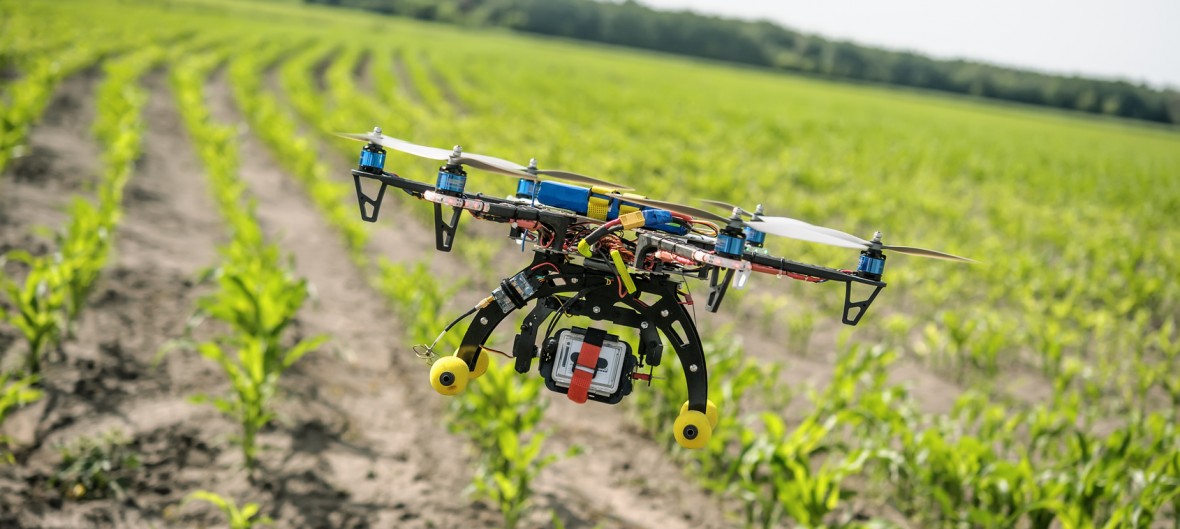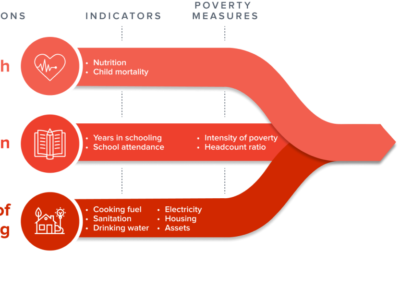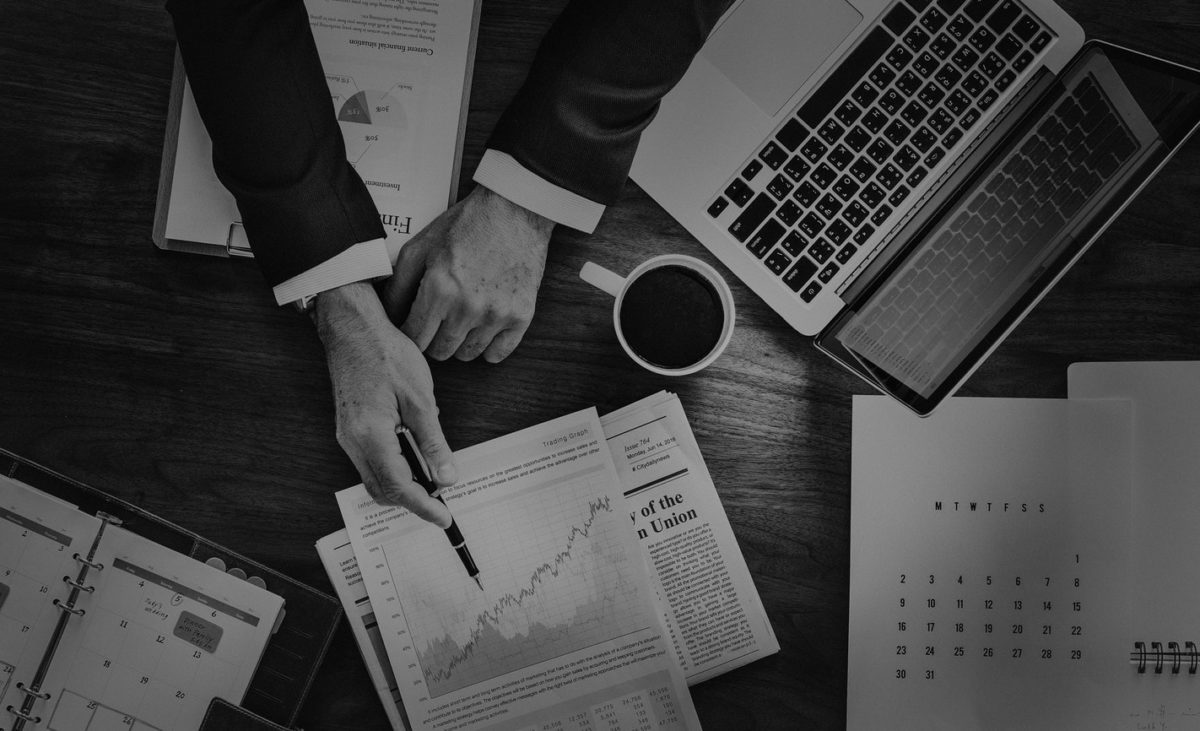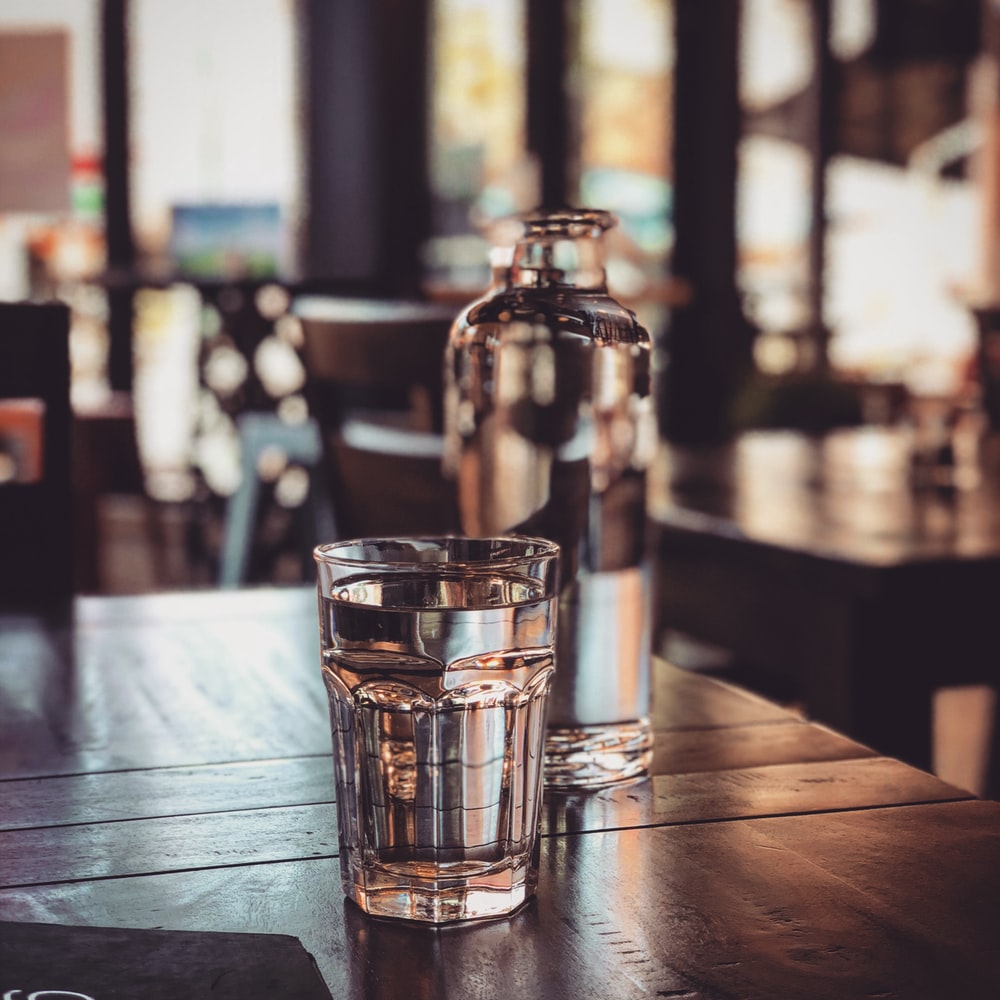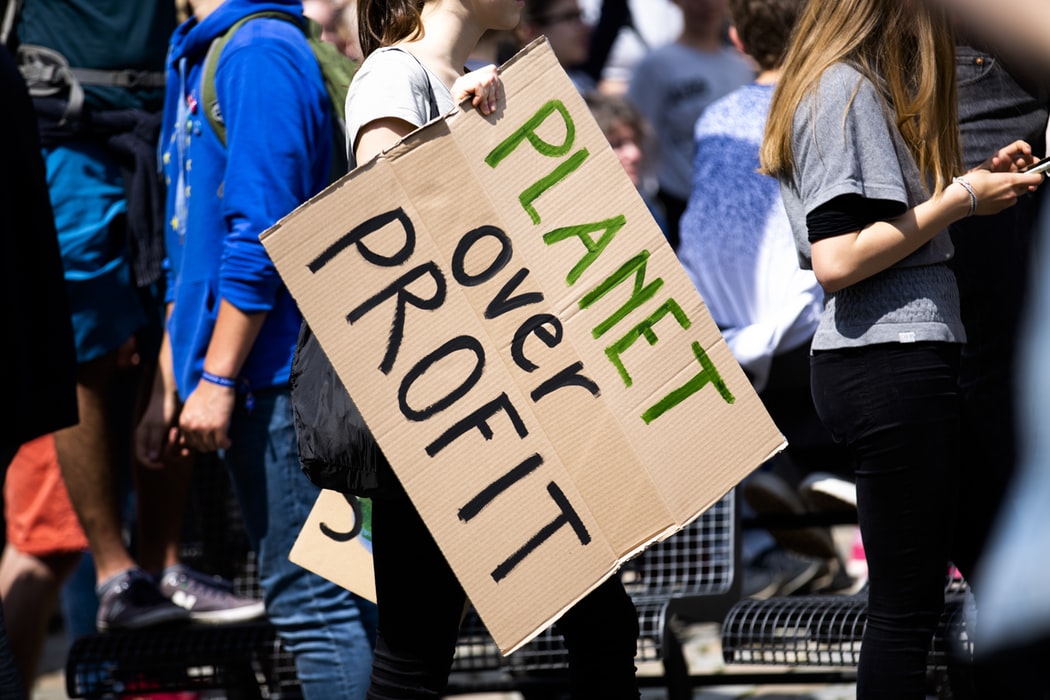Drone technology will give the agriculture industry a high-technology makeover, with planning and strategy based on real-time data gathering and processing. PwC estimates the market for drone-powered solutions in agriculture at $32.4 billion. Following are six ways aerial and ground-based agricultural drones will be used throughout the crop cycle.
1. Soil and field analysis: Agricultural drones can be instrumental at the start of the crop cycle. They produce precise 3-D maps for early soil analysis, useful in planning seed planting patterns. After planting, drone-driven soil analysis provides data for irrigation and nitrogen-level management.
2. Planting: Startups have created drone-planting systems that achieve an uptake rate of 75 percent and decrease planting costs by 85 percent. These systems shoot pods with seeds and plant nutrients into the soil, providing the plant all the nutrients necessary to sustain life.
3. Crop spraying: Distance-measuring equipment—ultrasonic echoing and lasers such as those used in the light-detection and ranging, or LiDAR, method—enables a drone to adjust altitude as the topography and geography vary, and thus avoid collisions. Consequently, agricultural drones can scan the ground and spray the correct amount of liquid, modulating distance from the ground and spraying in real time for even coverage. The result: increased efficiency with a reduction of in the amount of chemicals penetrating into groundwater. In fact, experts estimate that aerial spraying can be completed up to five times faster with agricultural drones than with traditional machinery.
4. Crop monitoring: Vast fields and low efficiency in crop monitoring together create farming’s largest obstacle. Monitoring challenges are exacerbated by increasingly unpredictable weather conditions, which drive risk and field maintenance costs. Previously, satellite imagery offered the most advanced form of monitoring. But there were drawbacks. Images had to be ordered in advance, could be taken only once a day, and were imprecise. Further, services were extremely costly and the images’ quality typically suffered on certain days. Today, time-series animations can show the precise development of a crop and reveal production inefficiencies, enabling better crop management.
5. Irrigation: Drones with hyperspectral, multispectral, or thermal sensors can identify which parts of a field are dry or need improvements. Additionally, once the crop is growing, drones allow the calculation of the vegetation index, which describes the relative density and health of the crop, and show the heat signature, the amount of energy or heat the crop emits.
6. Health assessment: It’s essential to assess crop health and spot bacterial or fungal infections on trees. By scanning a crop using both visible and near-infrared light, drone-carried devices can identify which plants reflect different amounts of green light and NIR light. This information can produce multispectral images that track changes in plants and indicate their health. A speedy response can save an entire orchard. In addition, as soon as a sickness is discovered, farmers can apply and monitor remedies more precisely. These two possibilities increase a plant’s ability to overcome disease. And in the case of crop failure, the farmer will be able to document losses more efficiently for insurance claims.
This piece is culled from Six Ways Drones Are Revolutionizing Agriculture, written by Michal Mazur for MIT Technology Review.
